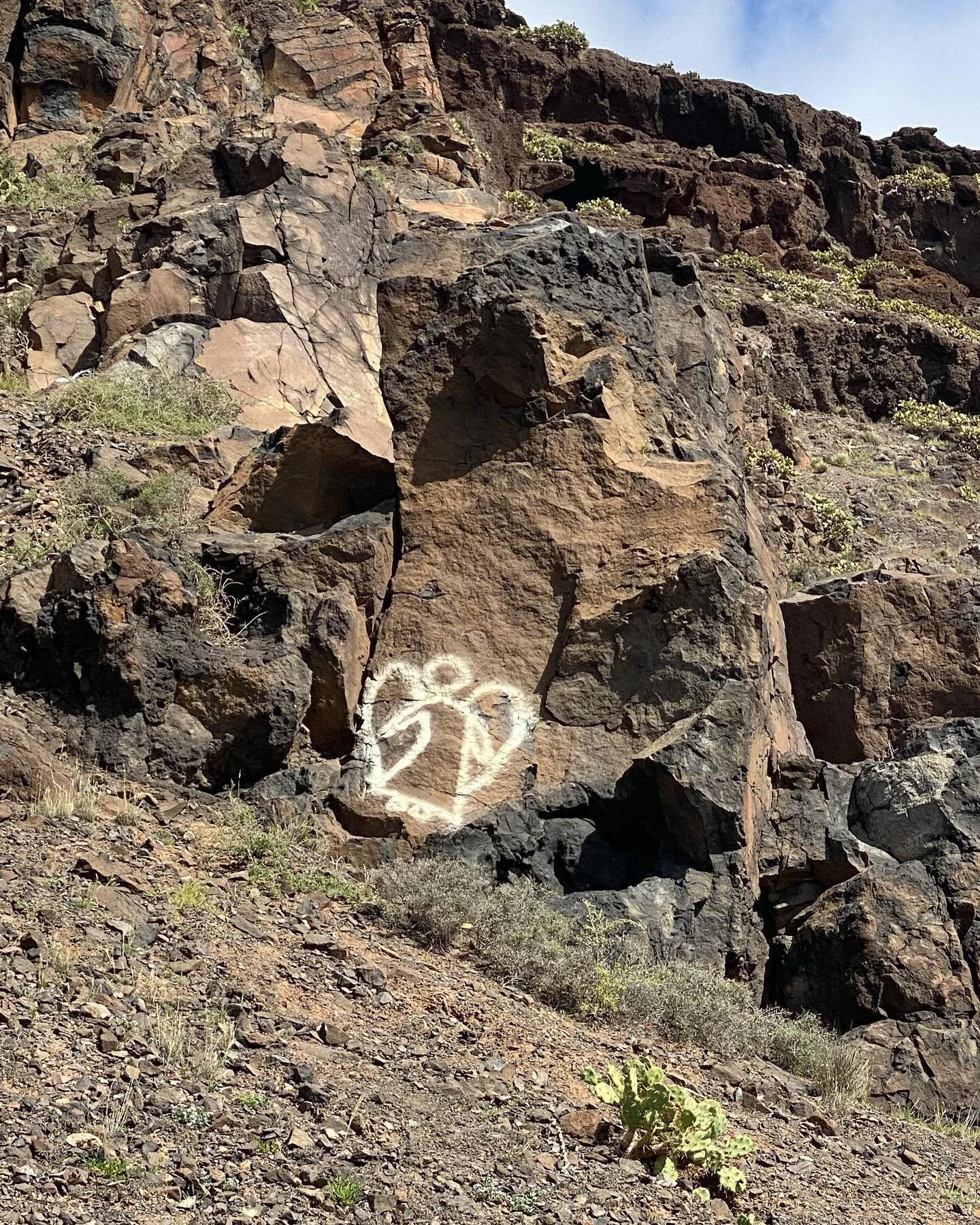Gran Canaria: El Confital Beach
El Confital beach is the northernmost beach of Gran Canaria located next to the beach of Las Canteras where I am staying. It’s a great walk along the promenade to get there and then there are boardwalks and trails for hiking up, and down, and all around the area. The surf is wild and the wind blows constantly. It's quite the local “chill-out” spot to go for picnics at sunset, surfing and a the possibility for nude sunbathing (of which I have heard is technically legal on Las Canteras but frowned upon by the police and the locals).
There are currently no facilities at El Confital (known locally as El Confi) and there remains loads of local pressure to keep it that way. El Confital is protected and, despite the continued efforts of developers, has resisted the effort to cover it with hotels and concrete.
The natural space is quite large and you can even reach Las Coloradas, a nearby town up on the hill, if you go up the mountain. On the other hand, if you continue along the coast you will reach the Military Zone of La Isleta where you will have to turn around, since access is prohibited. You will know when you get there, there is a lot of barbed wire trying to discourage you from crossing through.
Despite the lack of sandy beaches and cafes, El Confital still offers a few advantages over Las Canteras. One interesting advantage is during the summer the “panza de burro” cloud (donkey's belly)*** sits over Las Canteras but often fades away over El Confital just a couple of kilometres to the north. Maybe because it’s windy there all the time?
For surfers its waves are considered much better than the busy La Cicer breaks at the south end of Las Canteras. The El Confital wave, just off the rocks in front of the board walk, is world class with a fantastic barrel. There are even world class surfing competitions held here.
***What is the “panza de burro” or donkey belly? This is an expression that canaries use when, thanks to the trade winds, clouds accumulate in the north of the most mountainous islands of the Canary Islands. As a general rule in Gran Canaria, it is usually produced in Las Palmas and normally during the months of July and August. This makes the weather feel much more humid.
I saw a cross at the very top of the tallest hill and wondered if I could hike to it. Turns out if you’re willing to follow enough random trails you can find your way just about anywhere you want to go.











































